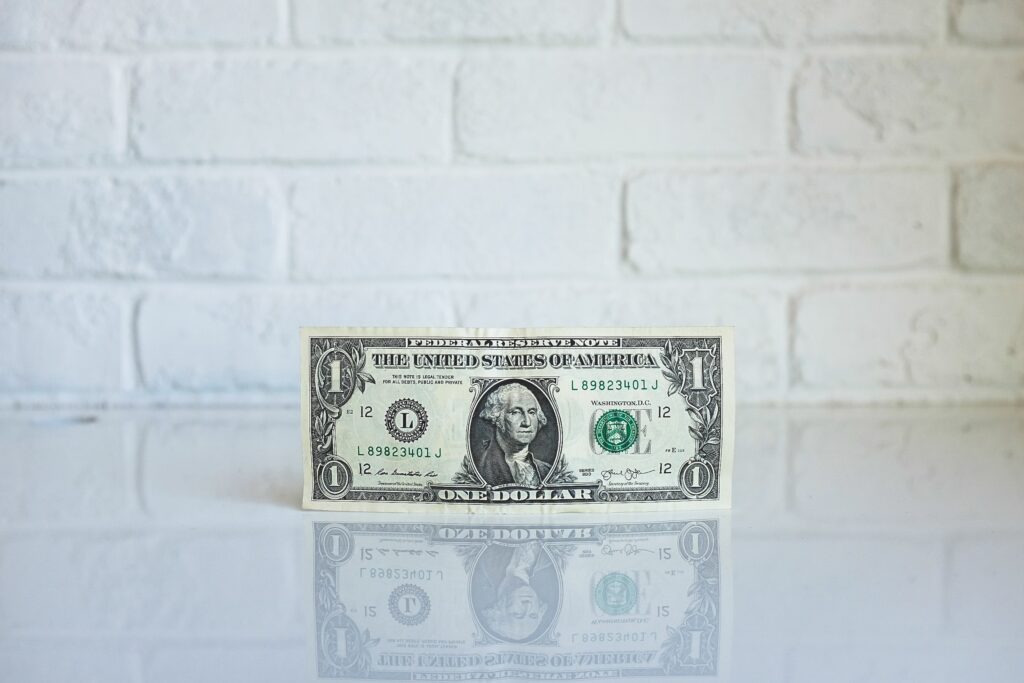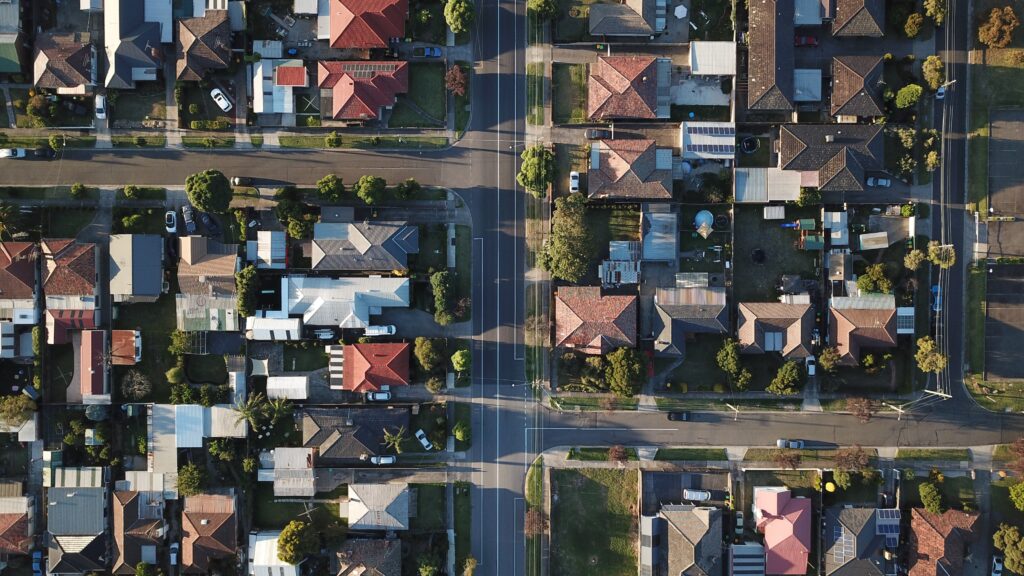
When you first purchased the home that you currently live in, you may have agreed to unfavorable terms or a relatively high interest rate. Because of the higher interest rate or poor terms, it’s possible that your monthly mortgage payment is considerably higher than you’d like it to be. If you find yourself in this situation, one solution available to you is to refinance your current mortgage.
If refinancing is available from your lender, this option gives you the opportunity to finance a new mortgage that covers the rest of the money you owe. Let’s say that your first mortgage was $250,000. Since then, you may have paid off $100,000 of your loan, which means that only $150,000 remains. By refinancing your mortgage, you will receive new terms and monthly payment requirements that are based on the $150,000 that you still owe, which means that your monthly payment will invariably drop. You may also be able to qualify for a reduced interest rate.
It’s common for homeowners to choose to refinance their mortgage because of national interest rates falling. While there are numerous benefits of refinancing your property in California, you should also be aware of how your property taxes can be affected by refinancing. The following takes a closer look at refinancing and how it affects property taxes for homeowners in California.
Demystifying California Property Taxes
California property taxes are largely straightforward for people who own a home. When you buy a home in California, the average rate for property taxes is 0.73%, which is lower than the national average of 1.07%. Potential buyers commonly make the mistake of overlooking property taxes when calculating what their monthly mortgage payment will be.
Many borrowers have a choice of how to pay their property taxes. While most lenders fold these taxes into monthly mortgage payments, it’s also possible to pay them on a biannual or annual basis. Even though the average property tax rate for California is at 0.73%, this rate can be anywhere from 0.60-1.01% depending on the exact county you live in. The property tax rate for Los Angeles County is 0.72%.
If you buy a home for $300,000, your annual property taxes in Los Angeles County would be $2,160. If you pay these taxes through your monthly mortgage payment, each mortgage payment will increase by $180.

Types of Mortgage Refinancing
There are a wide range of mortgage refinancing options you can select from when you want to refinance your current mortgage. The types of refinance loans available to you include:
- Conventional refinance
- Rate-and-term refinance
- Cash-in refinance
- Cash-out refinance
- Streamline refinance
A conventional refinance loan is designed to replace any type of mortgage loan with a conventional refinance loan, which should allow you to obtain a lower interest rate compared to the one you previously had.
As long as you have at least 20% home equity when you refinancing your home with this option, you won’t need to purchase private mortgage insurance. Keep in mind that the interest rates for a 30-year refinance loan will be higher than the ones for a 15-year refinance loan.
Rate-and term refinancing is available if you want to change your mortgage rate, loan term, or other details of your current mortgage. Since these refinance loans are provided for several different reasons, you’ll have numerous options at your disposal if you choose to apply for a rate-and-term refinancing loan. For instance, you could choose to refinance a 30-year mortgage into a 15-year one.
If you have a 30-year mortgage at an interest rate of 5%, you could switch to a 30-year mortgage at a rate of 3%. You could also change from a 30-year mortgage to a 15-year mortgage that has a lower interest rate. Although a conventional refinance mortgage is more popular, rate-and-term refinance loans are also common among homeowners in the U.S.
Cash-in refinancing is an ideal option if you want to effectively control how much your interest rate drops with your refinancing loan. With this option, you will reduce your total loan amount by paying a lump sum, which will result in you receiving a considerably lower interest rate. It’s common for cash-in refinance loans to be combined with rate-and-term refinancing. This option can also help you get rid of the mortgage insurance premiums you’re currently paying.
Cash-out refinancing gives homeowners the opportunity to refinance their current mortgage and gain access to their home’s equity at the same time. The new loan will be larger than the amount that you have yet to repay on your current loan. Any remaining funds from the new loan will be given to you as a lump sum and can be used to pay for various financial obligations.
It’s common for borrowers who obtain a cash-out refinancing loan to use the extra cash to invest in real estate, pay for college tuition, or pay down some of the debt they owe on student loans or credit cards. There are three separate cash-out loan types that you can select from, which include conventional loans, FHA loans, and VA loans. Each type of loan comes with different terms.
Streamline refinancing is available with FHA, VA and USDA loans, all of which are loans backed by government agencies. These refinance loans are only available for homeowners who already have FHA, VA, or USDA loans.
The purpose of a streamline refinance loan is to help the homeowner obtain a lower interest rate. If you currently have an FHA mortgage on your home, you can use a streamline refinance to move to an FHA refinance loan that reduces your interest rates. Each loan type has its own requirements on which homeowners are eligible for the refinance option.

Why Refinance Your Home?
The main reason that homeowners choose to refinance their mortgage is because doing so allows them to obtain a lower interest rate. If the current loan has a fixed interest rate, it’s possible that the loan was obtained when interest rates were higher. By paying off some of your initial loan, your refinance loan will be lower than the initial one, which usually means that the interest rate will drop. If you’re able to obtain a reduced rate, your monthly mortgage payments will be lower as well.
It’s also common for homeowners to refinance their home because they want to get rid of private mortgage insurance. If you obtain a conventional loan or government-backed loan, you will be tasked with purchasing some form of private mortgage insurance if your down payment is lower than 20% of the home price. The insurance premiums are added to your monthly mortgage payments. Once you’ve accrued more than 20% equity in your home, refinancing your loan will allow you to bypass the PMI requirement.
Yet another reason that homeowners choose to refinance their home is to consolidate debt that comes with high interest rates. If you currently have a considerable amount of debt on personal loans or credit cards, it’s possible to use a cash-out refinance to pay off some of this debt, which will allow you to get rid of high-interest debt.

Does Refinancing Affect Property Taxes in California?
Many homeowners worry that refinancing their current mortgage will cause property taxes to increase since the property’s value will be reassessed before the new loan is approved. While the value of your home could increase with the new appraisal, this doesn’t directly affect the amount of property taxes you pay. The property taxes that you pay are based on assessments that are performed by a local tax authority. Their appraisal of your home can be completely different from the appraisal that your lender performs.
If you want to reduce your annual property taxes, there are several techniques you can use to do so. For instance, you can take measures to limit your home’s curb appeal, which is one of the factors that your tax authority will take into account when identifying the current value of your home. More attractive homes typically have higher values.
You should also avoid making structural changes and alterations to your home. While many homeowners love to make changes to the appearance and layout of their home, these changes can result in a higher appraisal, which will increase the property taxes that you owe.
The third option available to you is to appeal the tax bill that has been given to you. You may have to pay a filing fee to do so. It’s also important that you retain the services of an experienced real estate attorney before exploring this option. If your case is successful, your property could benefit from a lower assessed value, which would effectively reduce your annual property taxes.
The Bottom Line
If you believe that your monthly mortgage payments are too high or that your interest rate should be lower, refinancing your current mortgage loan is a great way to obtain lower monthly payments as well as a reduced interest rate. Even though many homeowners believe that refinancing their mortgage could lead to higher property taxes, the truth is that property tax assessments differ completely from home appraisals. If you’re thinking of applying for a refinance loan, make sure that you review all of your options before making a final decision.